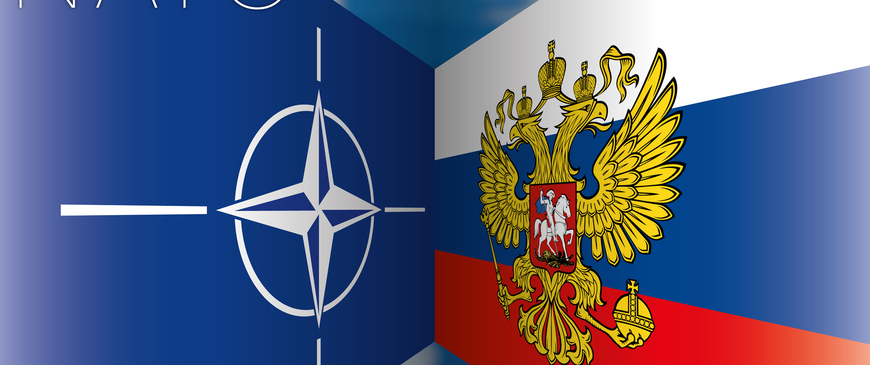
What would Russian WMDs mean for NATO's 'red lines'?
Ian Bond, director of foreign policy at the Centre for European Reform, told DW that, though such a scenario is implausible, it's not impossible. Given Stoltenberg's rhetoric, Bond said, it's likely "that the Russians are doing things that suggest they are preparing to launch that kind of attack somewhere.”
But it's the "somewhere" that makes all the difference under the alliance's current posture. "NATO, rightly or wrongly, has drawn this bright red line that says we're not going to defend Ukrainian soil, but we will defend NATO soil," he said.
"It's almost inviting Putin to go up to the 'red line.' I figure Putin reckons: OK, so they say they're not going to do that so we can go up to that line. We might even be able to have a little way across that line and they still might not be that keen to get involved in a rumble with me.'"
While Bond emphasizes that Putin's potential use of chemical weapons — especially on NATO territory — remains for now far-fetched, he believes that it's in the alliance's interest not to elaborate on how it would respond. NATO doesn't have chemical weapons, he notes, but it "might want to leave some ambiguity as to whether, if it's attacked with weapons of mass destruction, it might respond with its own weapons of mass destruction, which would not be chemical but would be nuclear.”
